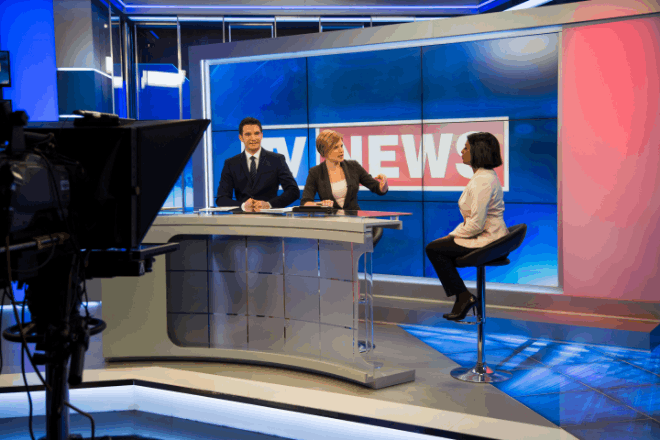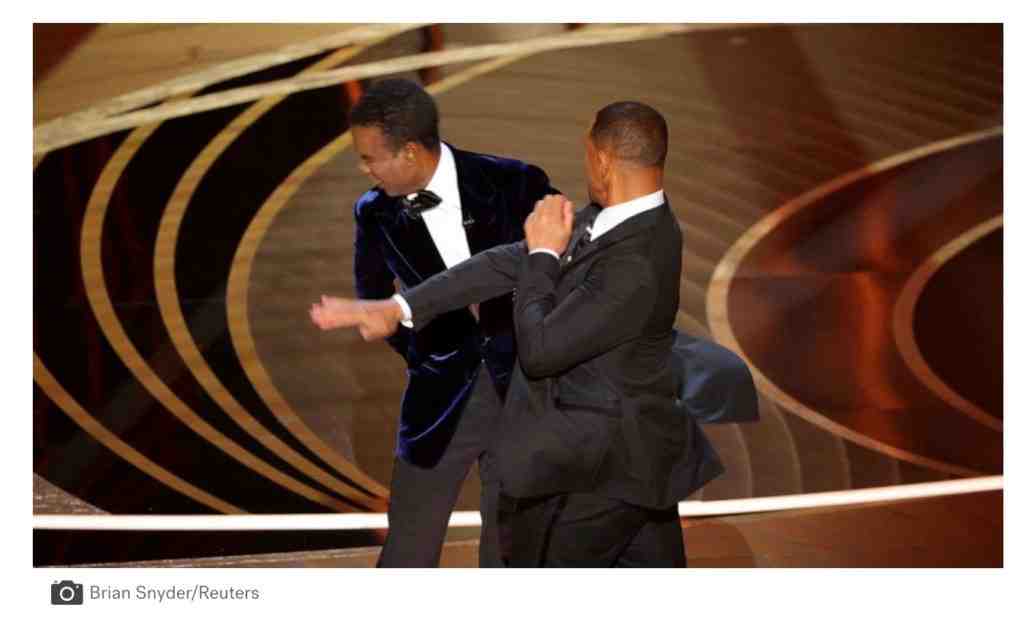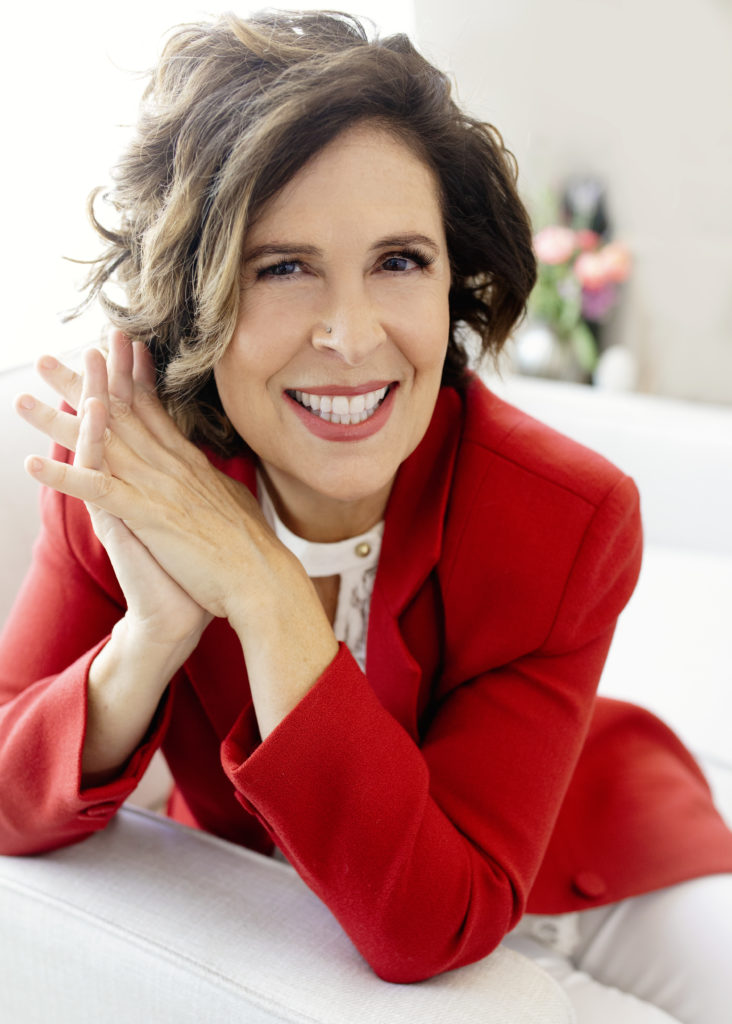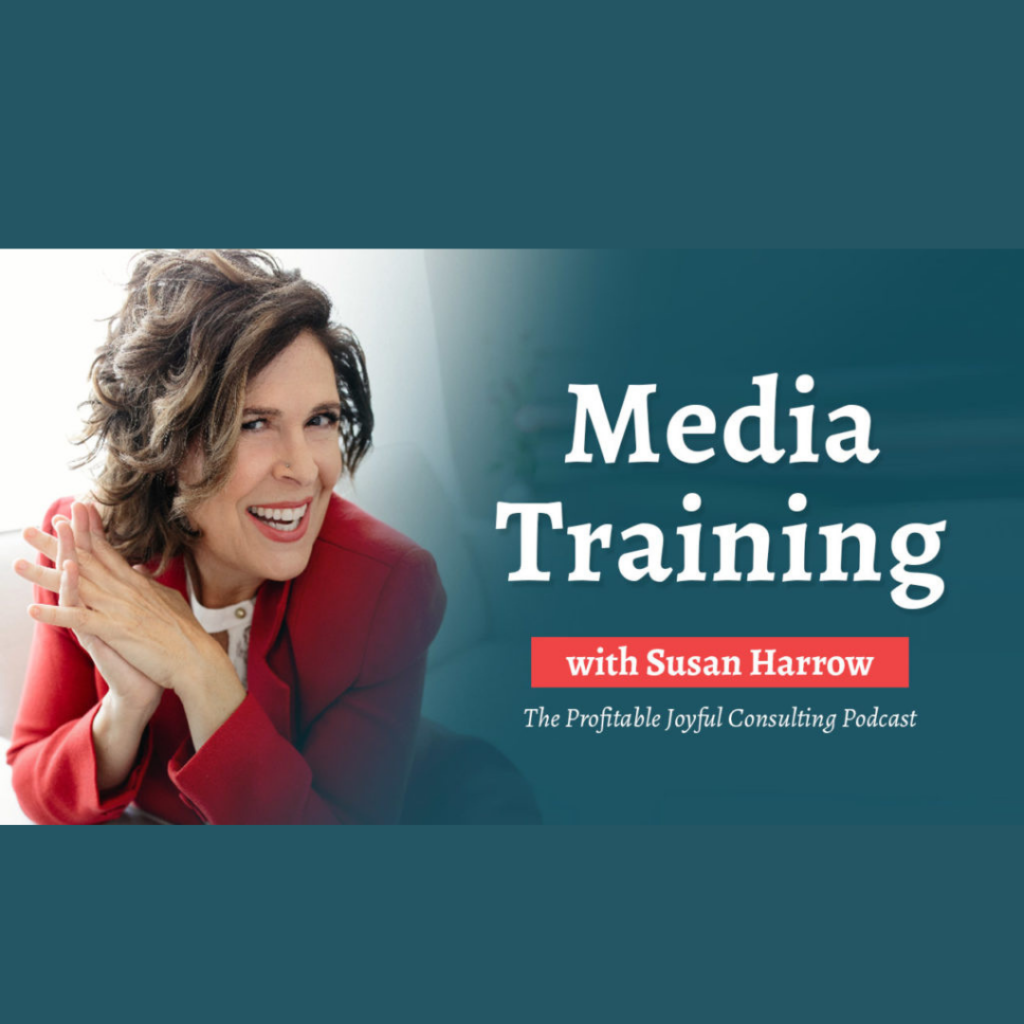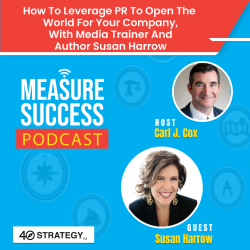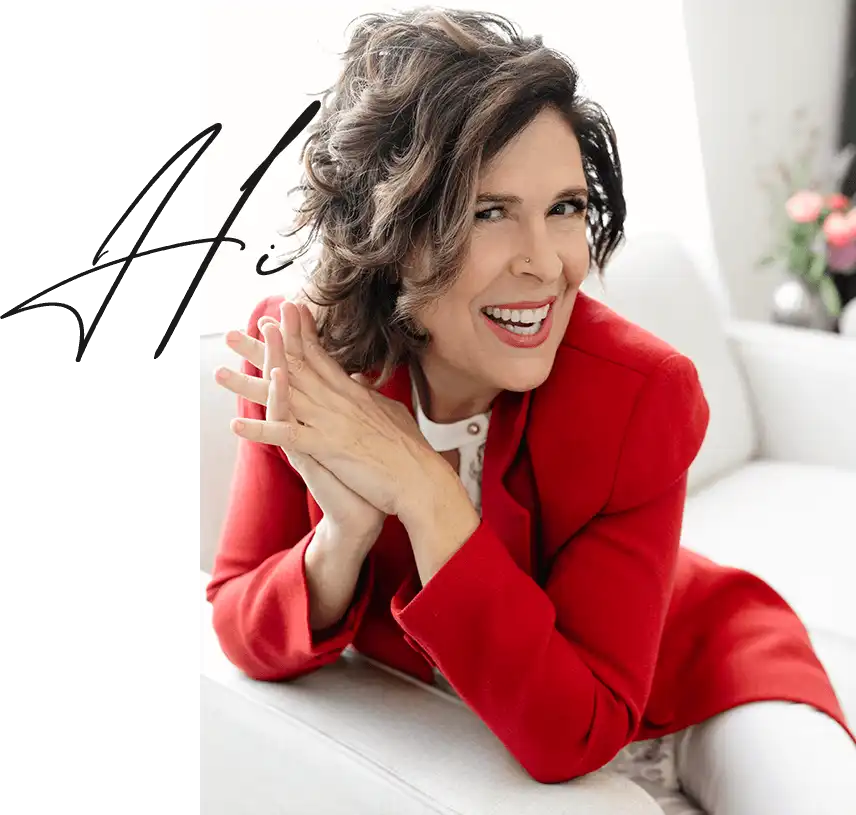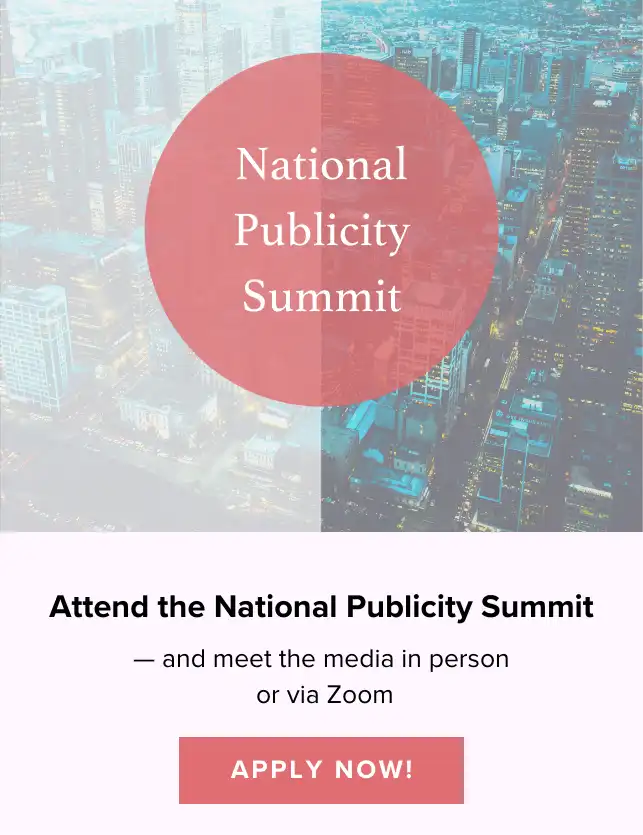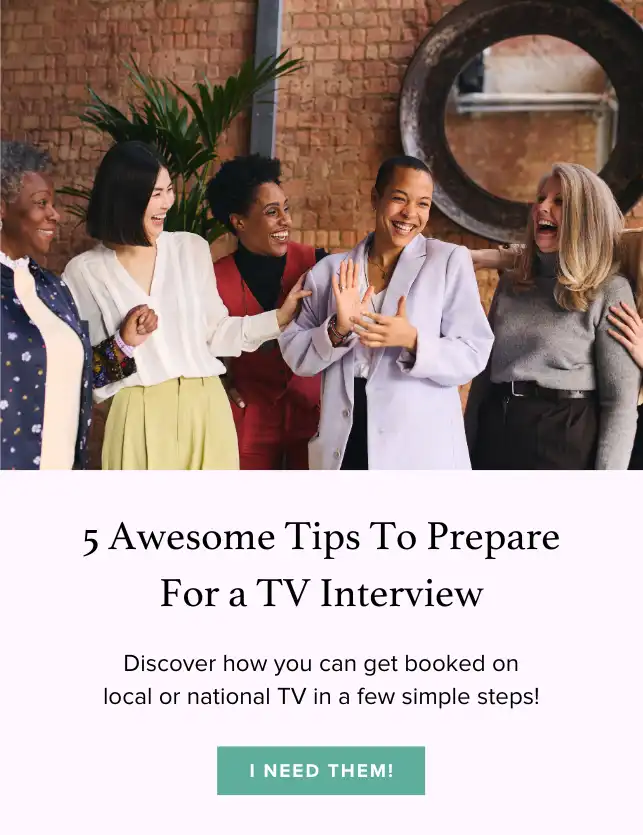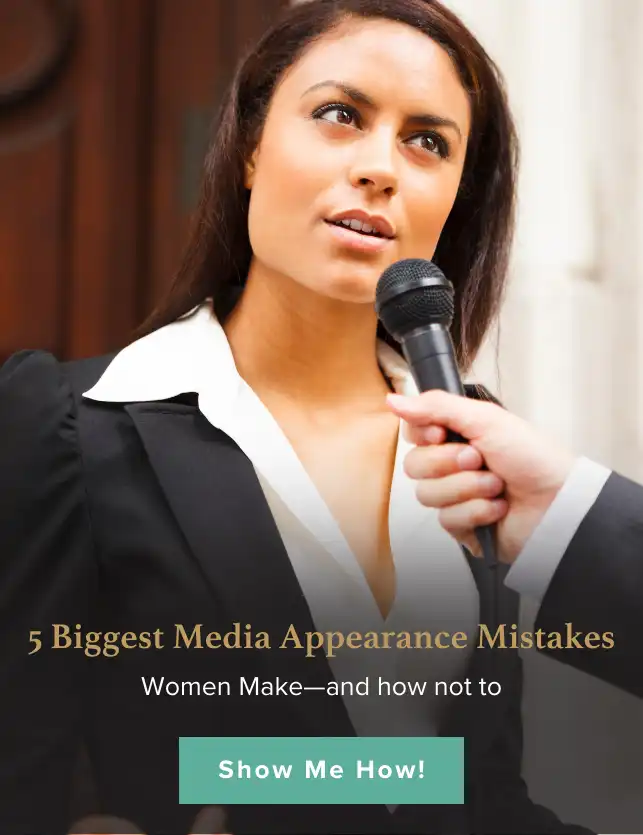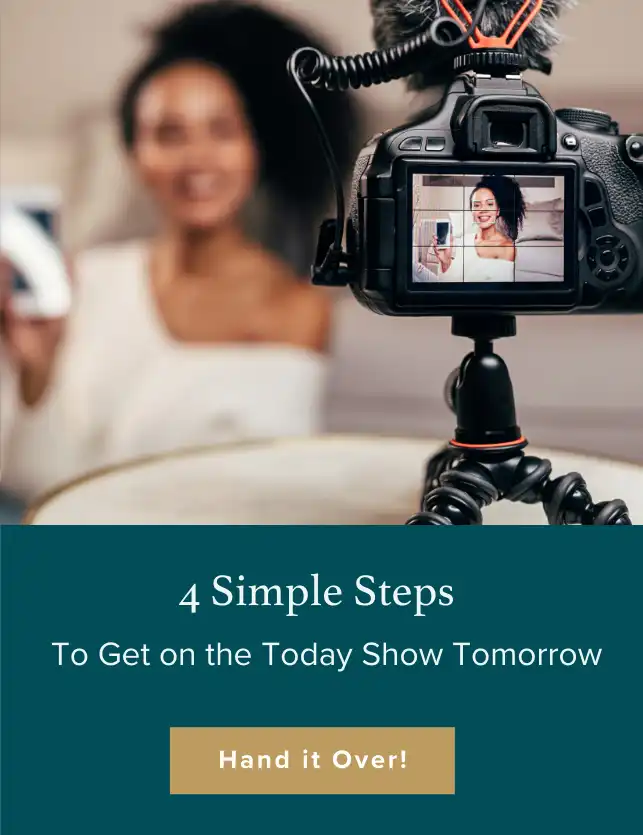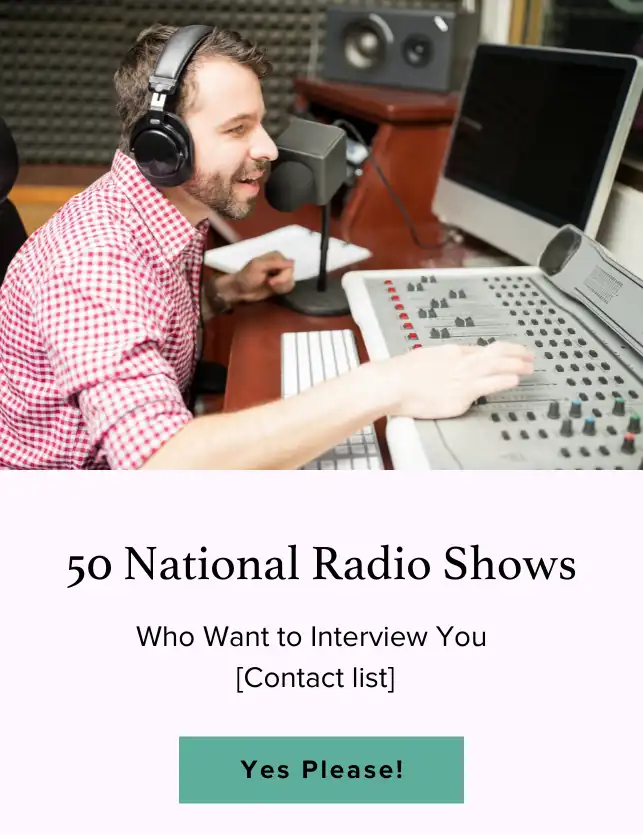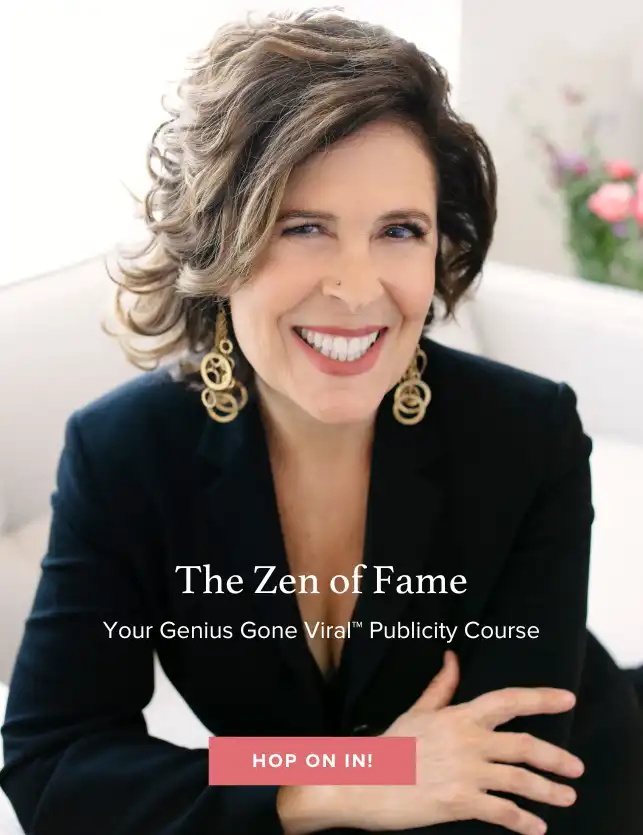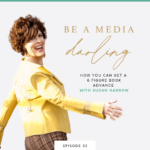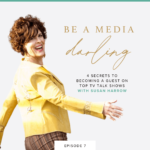5 Biggest Media Appearance Mistakes Most Top Experts Make
SUMMARY: Learn how to avoid the mistakes that most top experts make to ensure your success in media appearances. From lack of preparation to mishandling difficult situations, prevent these pitfalls to shine in the spotlight. With proper planning, practice, and self-awareness, you can make a lasting impression and duck damaging your reputation. Harness the power of media training to become a respected and influential figure in your field, just like the client success stories highlighted in the blog.
Table of contents:
- 5 Biggest Media Appearance Mistakes Most Top Experts Make
- 2. Don’t Refuse to Practice For Your Media Appearance or Media Interview.
- 3. Don’t Forget the Studio is Not a Stage.
- 4. Don’t Anticipate Worst-Case Scenarios and Personal Trigger Points That Can Ruin Your Reputation in a Moment.
- 5. Don’t Overlook That What You Say and Do in a Media Interview is Forever.
- Susan Harrow is the Founder + CEO of Harrow Communications Inc.
5 Biggest Media Appearance Mistakes Most Top Experts Make
There’s little worse than getting a big break on national TV, national news or even your local TV station and having that sinking feeling when you know you’ve muffed it by making avoidable media mistakes.
Marty, a wealth manager with a 160+ billion-dollar company, feared TV appearances, yet had tremendous knowledge to share. His firm had a PR agency, who booked him on one show, and said, “If you don’t do well, we won’t book you on anymore.”
I media trained him to prepare his key messages, worst-case scenario questions, and also how to relax so he could be himself.
The result?
He shined in the media spotlight.
The PR firm continued to get him media placements; he became an influential spokesperson for his company and filled his roster with high-level clients.
Most don’t know that their first appearance on TV is an audition. If you do well, you’ll have the chance to be asked back. If you don’t, that’s it. Producers at the top TV news and TV talk shows all talk to each other, and word travels fast.
You have one chance to be great.
Here’s how to make sure you don’t miss the opportunity of the day — or the decade by avoiding these media mistakes.
1. Don’t Wing it for Any Media Appearance No Matter How Small.
Most people approach publicity back-aswards. They rush to reach out to the media and then have their “Oh sh-t moment” when the media calls. They think the hard part is landing the gig.
Not.
Of course, your marketing department or your PR firm will create an amazing press release or pitch letter for you.
That’s the invitation and opportunity for you to educate, entertain, and inform.
It’s up to you to keep interest once they’ve gotten it for you. First to pass the audition, (the producer’s first contact with you) and then wow the host and audience on the actual media appearance.
I ask all my clients four critical questions. These set the solid foundation to craft the key messages they want to deliver during every opportunity, so their media appearances have a real effect on their business and brand.
2. Don’t Refuse to Practice For Your Media Appearance or Media Interview.
A black millennial client (black business are in demand right now) hired me to media train her for her upcoming media appearances. She had a hot topic that was in the news daily, so she was getting lots of press.
She was nervous, had lost her confidence, so I shared relaxation practices and exercises to give her high, breathy voice more resonance and gravitas.
We mapped out her points, set up her questions, created B-roll (background footage like photos and videos) and role-played different angles and hosts’ personalities so she would be ready.
When she had an upcoming show, I took at look at the hosts’ style, pacing, and timing, so we could prep for each individual appearance. Her publicist offered to run through the interviews with her. I suggested she also practice with her assistant.
The big day came.
“I blew it,” she said.
“What went wrong?” I asked.
“I think I need to practice more.” she said.
Exactly.
Because cortisol blocks short term memory when you’re nervous, you don’t have access to that information. But you DO have access to the information stored in long-term memory.
“Our studies show that information stored really well in the brain is not affected by cortisol,” explains Benno Roozendaal, Ph.D., a researcher at UCI’s Center for the Neurobiology of Learning and Memory.
Plan, prepare and practice so you can be free to be spontaneous.
It takes a lot of repetition and rehearsal to be able to be present and go with the flow. When you are relaxed, you can allow insights a place in your patter.
3. Don’t Forget the Studio is Not a Stage.
TED talkers and speakers think a media appearance just like speaking from the stage. Workshop leaders think they know how control a crowd. Social media influencers think it’s the same as chatting on Instagram or Facebook with your family, friends or tribe.
Nothing could be further from the truth.
In this highly condensed pressurized format, you need to take everything that you know and give it meaning in a few short seconds.
It’s akin to taking War and Peace and transforming it into Haiku.
One speaker client had a 45-minute talk that we turned a 45 second soundbite for his appearances on Larry King Live and Oprah—which he successfully delivered.
When we started working together, he didn’t realize that he needed to Zenify all his content and was not in command of how the conversation went with a host or audience.
The fast interplay of a 2-7-minute interview takes tons of practice to be able to make it sound like a casual conversation—while delivering all your points.
4. Don’t Anticipate Worst-Case Scenarios and Personal Trigger Points That Can Ruin Your Reputation in a Moment.
James, CEO of an international tech company, consistently got flummoxed by one irritating VC investor’s personality. The guy just got under his skin.
After media training, rehearsing, and role-playing a host of different scenarios, he handled the investor easily and got next round funding.
We all have hurtful or negative experiences that have marked us. We have unresolved issues that result in getting triggered by personalities that prickle, words than rankle, or situations that set us off.
Given this truth, we don’t want to be surprised during a media interview by a situation or person that shows off our worst self.
Self-development is as important as professional development when it comes to success in media—and in business. Self-awareness was named the top skill by a Green Peak Partners/Cornell study that examined 72 executives at public and private companies with revenues from $50 million to $5 billion.
“Interestingly, a high self-awareness score was the strongest predictor of overall success.”
It’s also a trait that can speed the trajectory of becoming a media star.
5. Don’t Overlook That What You Say and Do in a Media Interview is Forever.
When Will Smith slapped Chris Rock at the Oscars he changed the trajectory of his career forever.
Collectively we will no longer remember all of his great performances in films or the business and personal wisdom he imparted in his videos. We will remember the slap.
We will remember his disfigured face screaming obscenities from his seat to the stage.
With cancel culture and social media meting out their own verdicts, what you say or do could ruin your reputation permanently in the blink of an eye.
Especially when deleted videos or broadcast interviews can be captured and still be accessed through the WayBack Machine Internet Archive.
What you say in an interview in print is cataloged by Lexis-Nexis and can be accessed by any journalist, producer, podcaster or blogger when researching a current story. They can read your statements, take them at face value, and have license to reprint them attributed to you, even your media mistakes.
Vincent van Gogh said, “I have walked this earth for thirty years, and, out of gratitude, want to leave some souvenir.”
Ask yourself, out of gratitude for being on this earth, is this the legacy you want to leave?
About Susan Harrow, Media Trainer, Marketing Strategist, Martial Artist + the Author of this Free Report
My life’s work, in 20 words or less?
Helping talented, driven + highly-original entrepreneurs, CEOs + thought leaders clarify their messages, set up their systems, craft their signature Sound Bites + get life-changing media exposure.
For the past 33 years, I’ve been the brains and heart behind Harrow Communications Inc., a media training and marketing agency based in the San Francisco Bay Area.
Through 1:1 consulting and through my courses I’ve helped thousands of people worldwide shine in the media spotlight on Oprah, 60 Minutes, The Today Show, Good Morning America, Fresh Air, Marketplace, NPR, CNN, Wired, Time, Inc. etc. — without selling their soul.
I’m also the author of the best-selling book, Sell Yourself Without Selling Your Soul®: A Woman’s Guide to Promoting Herself, Her Business, Her Product or Her Cause with Integrity and Spirit (HarperCollins).
And now, for the wild stuff . . .
10 totally true things that most people don’t know about me:
- My mother was a gypsy who knew how to read your fortune on your face. She taught me the art of timing — how to say the right thing at the right moment, with near-magic precision.
- I was almost sold into slavery to a Bedouin Sheik in Israel for 10 camels and a mule. True story.
- I was once recruited by the CIA, but politely declined. Couldn’t handle the laminated ID badges + funeral-colored suits.
- I taught English at Mission High School in San Francisco — where I saved a student from being knifed in the hallway my first day on the job.
- I once fell head-over-heels in love with the leader of the Italian Anarchist Party (and he with me). Hey, when in Rome . . .
- I’ve been certified in a behavior based screening technique called Targeted Selection Interviewing (TSI). In a not-so-previous life, I interviewed 1,500 job candidates for Pacific Bell Directory/SBC/AT&T for nearly 10 years, and put 3,000 of them through role plays analyzing their body language, vocabulary + subtle facial cues to determine if they had the chops to work in high-pressure sales or C-Suite positions.
- I briefly attempted to live as a celibate monk. Don’t ask.
- I have been chased by wild elephants in Africa. This is not a euphemism.
- I started training in Aikido — a Japanese martial art — eight years ago. I’m now a black belt. It’s torn my ego to shreds, bruised muscles I didn’t know I had, and brought me (quite literally) to my knees. I LOVE it.
- In my twenties I taught tennis at training camps to future champs and at luxury resorts to daughters of dignitaries + sons of kings . . . as well as to underprivileged kids in the inner-city.
If You’re Curious About How Media Training to Become a Regular, Respected Media Guest Would Work for You and Your Business Let’s talk.
I invite you to schedule a complimentary consultation with me here:
Wishing you joy, abundance and to shine in the media spotlight,

Susan Harrow is the Founder + CEO of Harrow Communications Inc.
Harrow Communications Inc. offers effective media training and marketing strategic planning to people who want to become thought leaders, regular commentators, media guests, TED speakers and extraordinary communicators — without selling their soul.
Check out our PR and Media Training Workshop to Jumpstart your Publicity
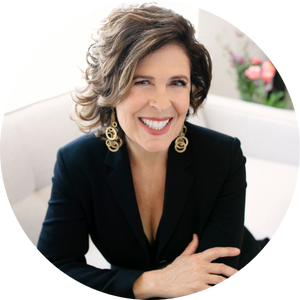
Like what you read? Share it!
Disclosure: Some of the above may be affiliate links that I will be compensated for at no cost to you. They are products or services I’ve either used, vetted or trust. Enjoy!
WE THOUGHT YOU’D ALSO LIKE THESE POSTS



